10 Incredible Unspoiled Places You Must Visit


To formulate our brief list of recommendations, based on ease of access to a destination, typical cost to arrive there and its natural diversity, uniqueness and beauty, we decided from the 203 natural wonders within the UN Educational, Scientific and cultural organization list of World Heritage Sites.
Our top selections start with places from the USA and Canada and after that turns to excellent destinations further afield:
1. Grand Canyon National Park, Arizona.
The Grand Canyon isn’t only in the UNESCO list of World Heritage sites; it’s also one of the oldest U.S. National parks to enjoy national protection. Since 1893, when it was first designated a Forest Reserve, this vast and mostly unspoiled canyon carved by the Colorado River was preserved.
Getting Started: Probably the most effective way to get to Grand Canyon is, ironically, flying into one of the most spoiled, places in the country las Vegas.
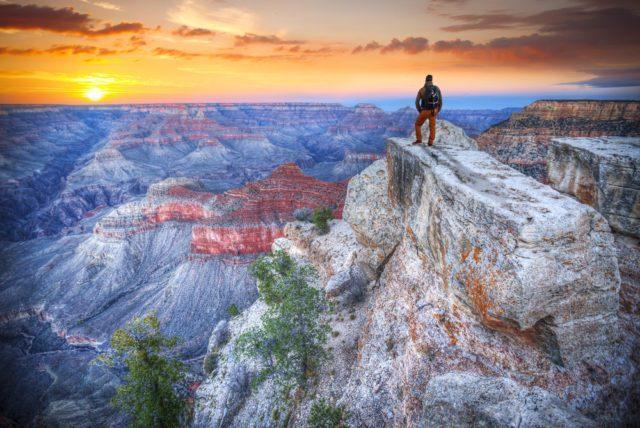 Shutterstock
ShutterstockOwing to its status as an international gaming and entertainment destination, flights to Las Vegas are relatively cheap. A mid-Apr look for flights from Seattle to Las Vegas, for instance, turned up round trip tickets on Alaska Airlines for as little as $250. By Las Vegas, you may take a bus tour, rent a vehicle or take a helicopter tour of the Grand Canyon itself.
2. Provincial Dinosaur Park, Alberta, Canada
While you won’t find any dinosaurs roaming this provincial park around two and a half an hour from Calgary, there was a wealth of dinosaur fossils found in this region over the decades. With its otherworldly landscape in the middle of Alberta’s badlands, it’s a uniquely North American treasure.
 Shutterstock
ShutterstockAccording to UNESCO, Dinosaur Provincial Park is unmatched with regards to the number and wide range of top quality specimens which, to date, represent over 44 species, including 34 genera and ten families of dinosaurs, dating back 75-77 million decades.
3. Hawaii Volcanoes National Park
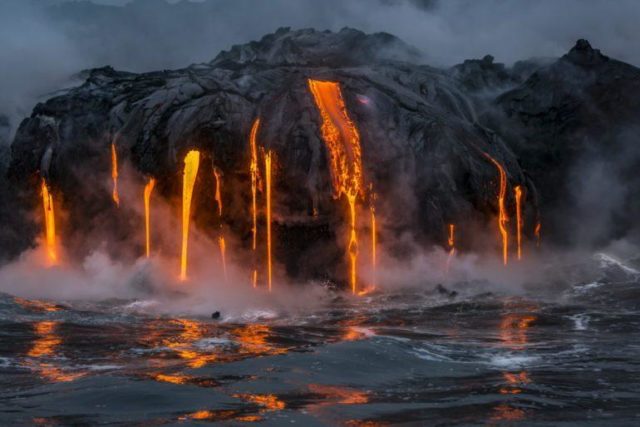 Shutterstock
ShutterstockHawaii Volcanoes National Park on the “Big Island” of Hawaii is not only unspoiled, but it’s also one of those few places where you can still see one of the primordial forces of nature at work. Two of the “world’s most active and accessible volcanoes” are in this park, UNESCO notes.
4. Waterton Glacier International Peace Park — Montana
Aside from being gorgeous and unspoiled, Waterton Glacier International Peace Park is also noteworthy as a UNESCO World Heritage site that spans two countries, with parts of it in Alberta, Canada, and the rest in the United States in northern Montana.
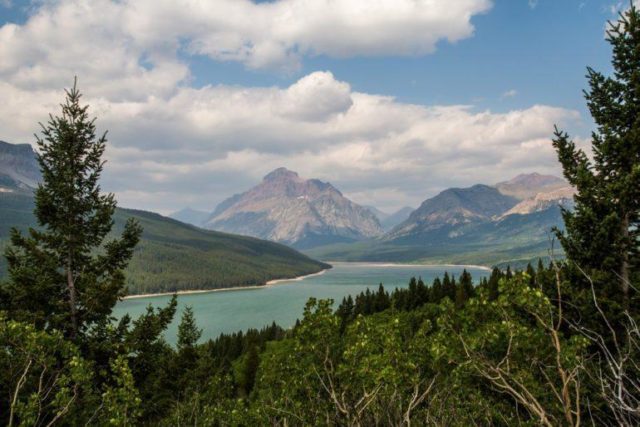 Shutterstock
ShutterstockBy jointly maintaining an ecosystem that crosses the border, the U.S. and Canada have helped retain the diversity of species in the area, UNESCO says, by serving “to ensure the genetic viability and long-term survival of many species, including top carnivores such as grizzly bear, cougar, gray wolf, and wolverine, which may roam great distances.”
5. Redwood National and State Parks — California
Everyone knows about the ancient, giant redwood trees in California’s Redwood National and State Parks, but what you may not know is that the only reason there are so many of these impressive forests left is that California acted early to preserve them.
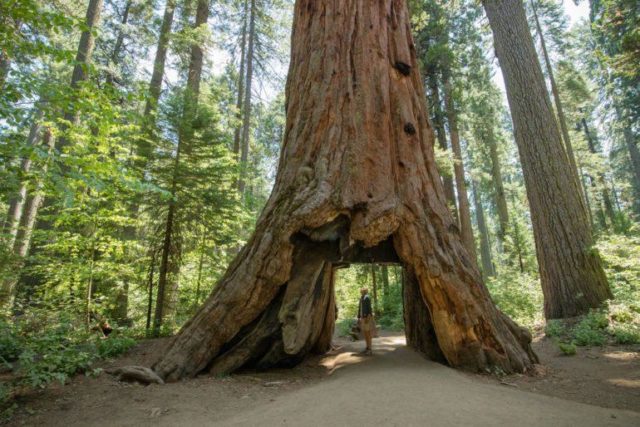 Shutterstock
ShutterstockThe National Park Service (NPS) credits the pioneering efforts of the Save the Redwoods League in the 1920s with preventing significant logging of these giants.
6. Giant’s Causeway — Antrim, Northern Ireland
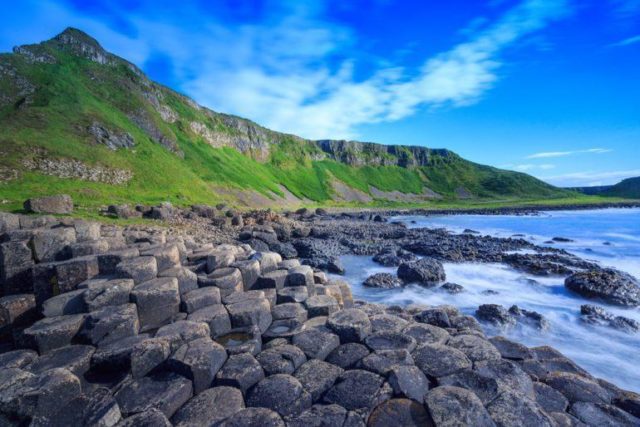 Shutterstock
ShutterstockThe Giant’s Causeway and Causeway Coast is instantly recognizable by its unique basalt cliffs that resemble an alien fortress — or lair for a James Bond villain — on the coast of Northern Ireland. According to UNESCO, the 40,000 or so massive black basalt columns sticking out of the sea gave rise to “legends of giants striding over the sea to Scotland.”
7. Swiss Alps Jungfrau-Aletsch — Switzerland
Switzerland’s Jungfrau-Aletsch-Bietschhorn region makes the UNESCO world heritage list in part because it is the most glaciated part of the European Alps. As home to Europe’s largest glacier, it offers a unique glimpse of the forces that shaped these spectacular peaks.
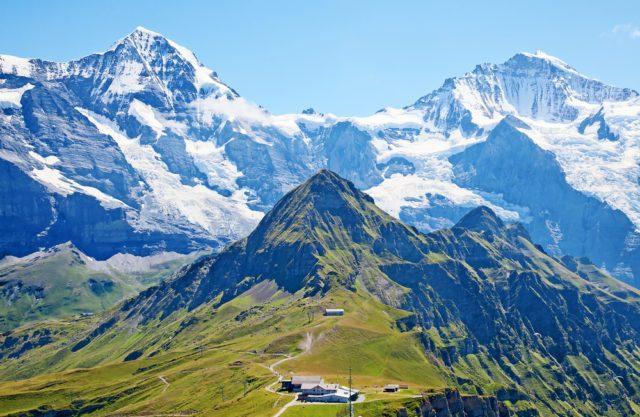 Shutterstock
ShutterstockThe area features alpine hiking trails, incredible views of waterfalls, lakes, cliffs, and valleys. It is also home to the 13,000-foot Mount Eiger. The north face of the peak is known among climbers as one of the most dangerous and challenging ascents.
8. Galápagos Islands — Ecuador
The Galápagos Islands are a place of great historical significance, as they provided the inspiration for Charles Darwin’s “Origin of the Species.”
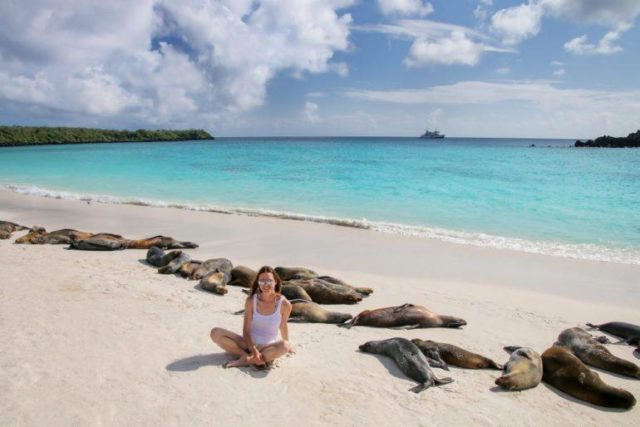 Shutterstock
ShutterstockUNESCO describes the 19 islands that make up the Galápagos Islands — and the marine reserve around it — as a “living museum and showcase of evolution.” They remain home to a tremendously diverse array of creatures, including the Galápagos tortoise.
9. Lagoons of New Caledonia — Territory of France in the Pacific
The Lagoons of New Caledonia make up one of the three most extensive coral reef systems in the world, according to UNESCO.
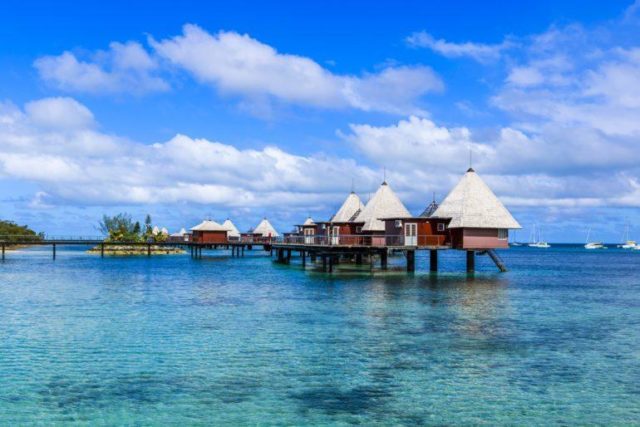 Shutterstock
ShutterstockThe organization describes it as “the world’s most diverse concentration of reef structures, with an exceptional diversity of coral and fish species and a continuum of habitats from mangroves to seagrasses and a wide range of reef forms.”
10. Tsingy de Bemaraha National Park — Madagascar
Madagascar is home to one of the most diverse and unique ecosystems in the world.
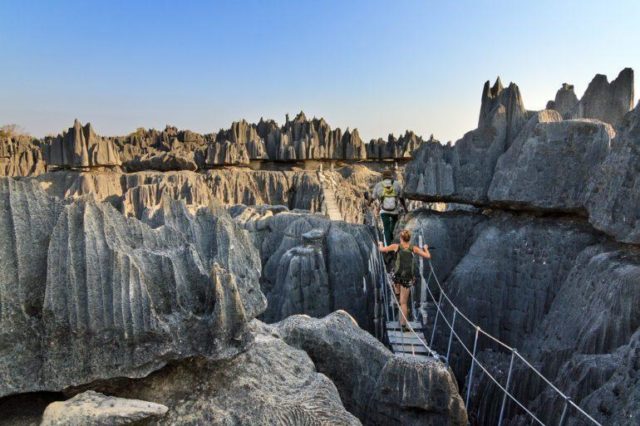 Shutterstock
ShutterstockIts Tsingy de Bemaraha National Park is also referred to as a “Strict Nature Reserve,” which refers to the highest degree of protection under the International Union for Conservation of Nature.